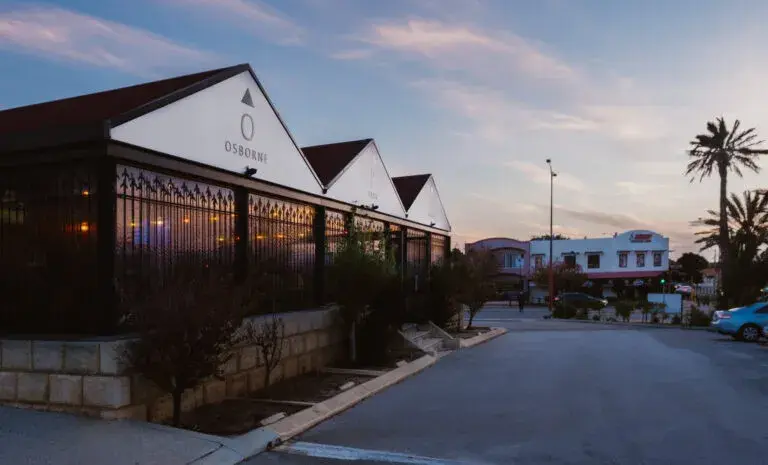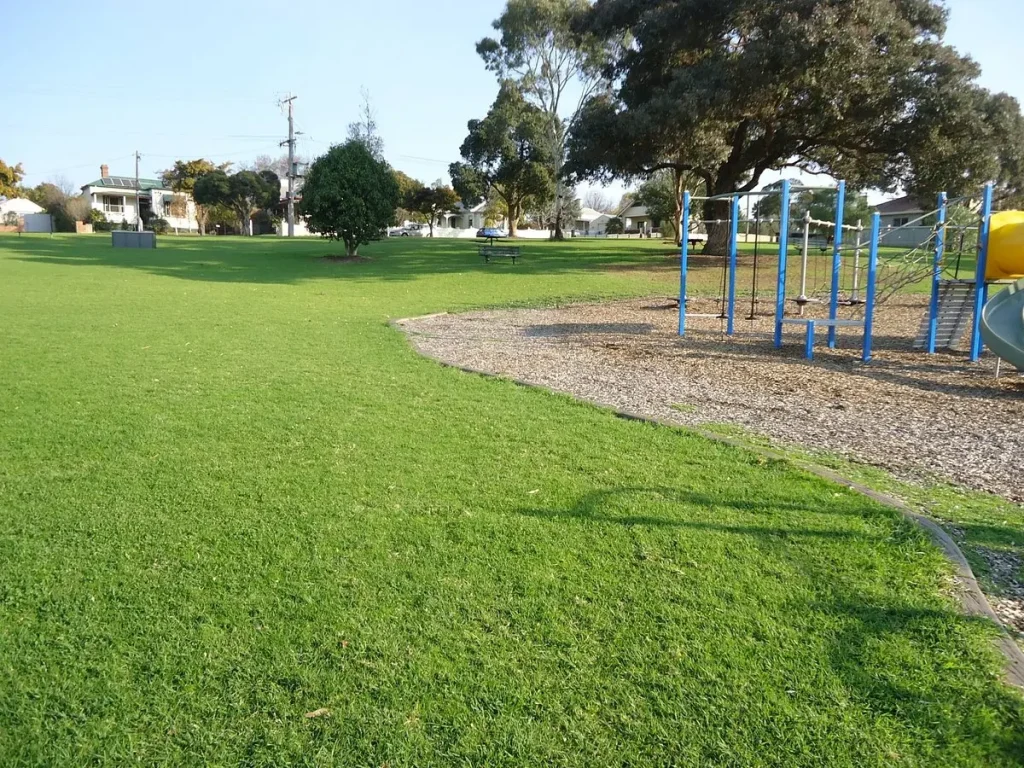
Osborne Park, nestled in Western Australia, witnessed a gradual evolution in its residential development. Before the 1950s, housing in Osborne Park was concentrated along Main Street, while the area bloomed with more homes, primarily in the eastern sector, during the 1960s and 1970s. These homes are predominantly brick and tile constructions, interspersed with some character-rich timber houses. Fast forward to today, and a variety of modern unit developments have emerged, showcasing contemporary designs and materials.
Delving into the community aspects of Osborne Park, the industrial area stands out as a significant facet. It brims with showrooms, retail outlets, and offices, solidifying its role as a vital employment hub for Perth’s northern suburbs. One cannot miss the Herdsman Business Park, the latest addition and the nest for West Australian Newspapers, the city’s largest employer. For nature and recreation enthusiasts, Osborne Park offers numerous small parks and the expansive Herdsman Lake, a haven for both regional residents and wildlife. With privately-owned recreational facilities like gymnasiums and the centrally located Osborne Primary School, the suburb ensures a holistic living experience. And, for those seeking culinary and shopping delights, the refurbished Main Street commercial centre, with its diverse restaurants and specialty stores, promises an unparalleled experience.
4,463
34
2,487
$781K
$700 per week
9 Days
Data obtained in 2025 from Real Estate Institute of Western Australia and Australian Bureau of Statistics
Osborne Park’s origins trace back to an impressive 6,020-acre crown grant given to T. R. C. Walters in 1840. Following Walters’ passing in 1874, the baton passed to William Osborne, who acquired a significant part of this estate, now recognized as Osborne Park. As the 20th century dawned, the area flourished with Chinese market gardeners, supplying fresh produce to the metropolitan. Their agricultural legacy was furthered by Italian settlers, harnessing the swampland’s peaty soils and freshwater. As decades passed, post World War II witnessed the suburb’s transition into a residential zone, eventually embracing industrial functionalities by the 1980s.

Ensure you’re priced right; schedule a property appraisal with our seasoned professionals who understand the local nuances and trends.